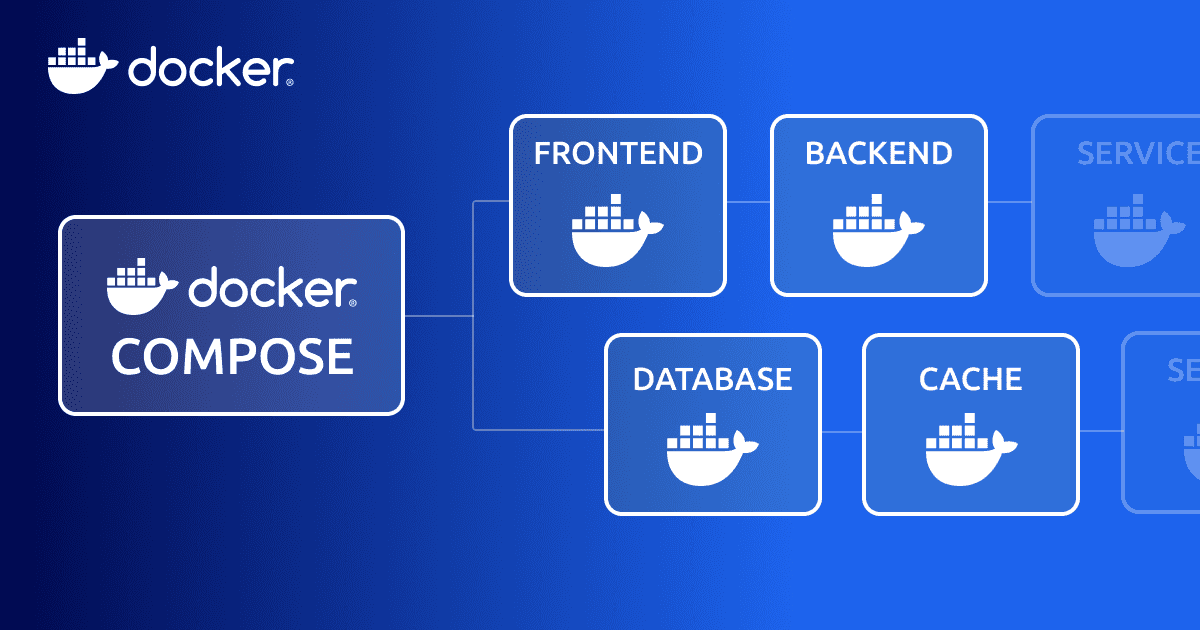

Build a real-time cryptocurrency price tracking application that streams price data from a third-party API. Store the data in a database and serve it to multiple clients. The application should include a frontend that displays the price data dynamically.Historical data should be stored in a database.
The solution is to build a application using React, Express, Socket.io, Redis and MongoDB. Docker will be used to containerize the application and Docker Compose will be used to manage the containers.
The goal of this project is to showcase how to use docker and docker-compose to build a multi-container application.
Following is the architecture diagram of the application

NextJS repo contains a Dockerfile that can be used to build the frontend.
Following is the link to the Dockerfile for the frontend.
If above file is not available, then use following link.
Following is the Dockerfile for the backend.
FROM node:18-alpine
# Set the working directory
WORKDIR /usr/src/app
# Copy package.json and package-lock.json to install dependencies
COPY ./package.json ./
COPY ./package-lock.json ./
# Install dependencies
RUN npm install
# Copy the rest of the application code
COPY ./tsconfig.json ./
COPY ./src ./src
COPY ./index.ts ./
# Build the TypeScript code
RUN npm run build
# Use the transpiled JavaScript files
CMD ["node", "dist/index.js"]One can develop and deploy most of the web apps without need for containerization. However, containerization is a good practice to ensure that the application runs consistently across different environments. Docker Compose is a tool that allows you to define and run multi-container Docker applications. It uses a YAML file to configure the application's services, networks, and volumes.
You can learn more about Docker Compose here.
Following is the docker-compose.yml file that defines the services for the application.
services:
mongo_db:
command: mongod --quiet
image: mongo:latest
container_name: database_container
restart: always
volumes: # persist the data in the mongo_db volume after the container is stopped
- mongo_db:/data/db
ports:
- 27017:27017
redis:
image: redis:latest
container_name: redis_container
restart: always
ports:
- 6379:6379
server:
build: ./server/.
ports:
- 8080:8080
environment:
MONGO_DB_URL: ${MONGO_DB_URL} # mongodb://mongo_db:27017/fullstack_docker
PORT: ${PORT}
DATABASE_NAME: ${DATABASE_NAME}
COIN_API_KEY: ${COIN_API_KEY}
DATA_INGESTION_INTERVAL_SECONDS: ${DATA_INGESTION_INTERVAL_SECONDS}
REDIS_URL: ${REDIS_URL} # redis://redis:6379
# wait for the mongo_db and redis containers to be ready before starting the server container
depends_on:
- mongo_db
- redis
web:
build: ./app/.
ports:
- 3000:3000
environment:
NEXT_PUBLIC_API_URL: ${NEXT_PUBLIC_API_URL}
depends_on:
- server
volumes:
mongo_db: {}In above file, we have defined four services: mongo_db, redis, web and
server. The mongo_db service uses the mongo:latest image to run a MongoDB.
The redis service uses the redis:latest image to run a Redis server.
Following is the video that demonstrates the application.
Github Repository : https://github.com/gautamnaik1994/fullstack_docker_multi_container
In this post, we discussed how to build a fullstack multi-container application using React, Express, Redis, MongoDB, and Docker. We also discussed how to use Docker Compose to manage the containers.
